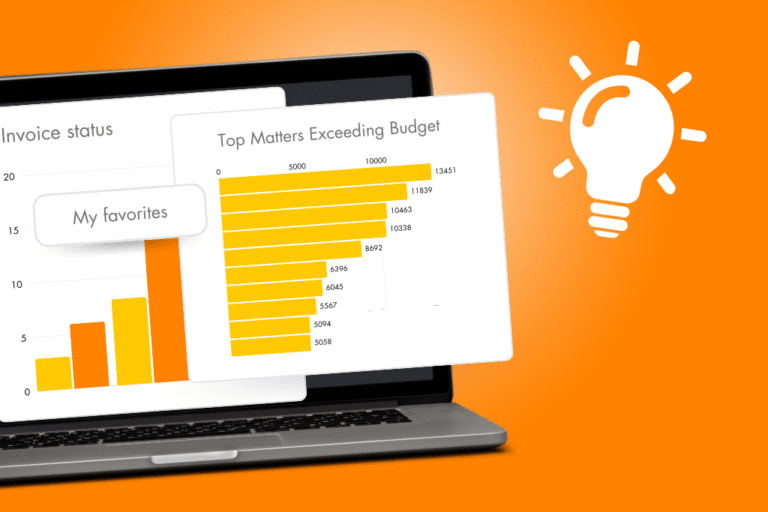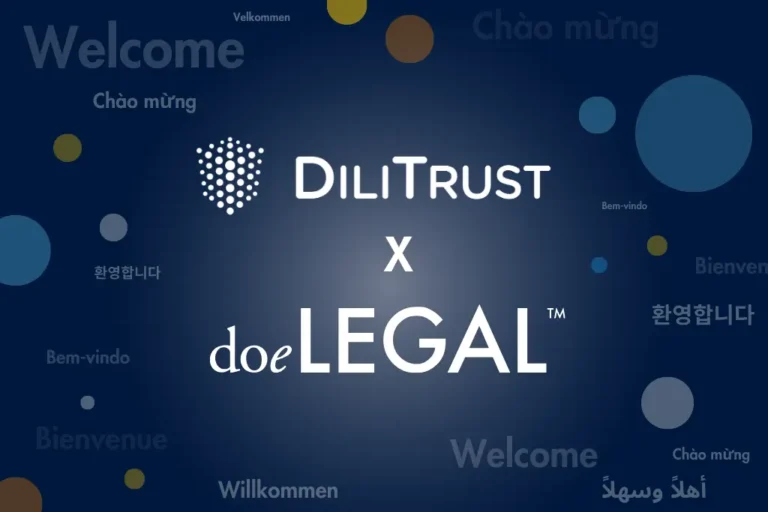In a recent Gartner survey, research found that ultimately that ‘few legal departments have developed a comprehensive framework for digitalization’. Yet the pace of digitlisation is widening a gap for traditional and digital players. Legal Departments are amassing more and more data each year, with huge issues arising from its improper analysis or improper handling. What is more, is that according to the Harvard Business Review, ‘less than 1% of unstructured data is analysed or used at all’.

DATA ACCESS AND UNAUTHORISED INSIGHTS
‘71% of employees have access to data that they should not have’. A Ponemon Institute study in 2014 revealed that employees across US and European organisations were granted needlessly, ‘data access privileges and loose data-sharing policies’. The report found that ultimately, organisations were overlooking ‘security risks before they would sacrifice productivity’. A recent data scandal involving Snap employees in May 2019, saw it revealed that users of the social media platform, Snapchat, where subject to data abuse. It was anonymously revealed that some employees, ‘abused (their access privileges) to spy on users’ private information’ via an internal platform ‘SnapLion’. The scandal highlighted the need for strict internal data regulation with proper risk oversight by senior management.
Legal Departments are particularly at risk when it comes to the accidental exposure of data that is highly confidential and sensitive in nature. Unfortunately, In-house legal professionals are under more pressure than ever to produce their work faster, meet tight budgetary constraints while maintaining the highest levels of quality. Adding more legal professionals to the department is one solution or outsourcing tasks to another department may be an option but adopting technology can allow for immediate relief and greater data control. The American Bar Association reported that in their 2018 Legal Technology Survey Report that 6% of law firms in reported exposing client data as a result of ‘unauthorised access to sensitive client data’. The consequences of such information being made public knowledge to clients is troubling for legal management.
PRESSING PAIN POINTS
Legal Departments who operate in global environments face continuous challenges; regulatory changes, multijurisdictional enquiries and demand for more transparency from all stakeholders- from investors to regulators. It can be intensely frustrating to keep a close eye on unremitting changes while effectively managing compliance.
The results of a more streamlined and coherent data strategy suggest huge gains operationally and financially. Forrester, a data research consultancy group found that ‘just a 10% increase in data accessibility will result in more than $65 million additional net income for a typical Fortune 1000 company’.
Legal Departments are particularly aware of their own pain points when it comes to data accessibility. Here are three major pain points when it comes to data accessibility.
- Control: Using traditional document storage methods, Legal Departments can struggle to tightly control document access. It can be a particular point of frustration for legal management. Technologies, like DiliTrust Governance, that use automation continues to be a major benefit to both the increased efficiency of workflows and administrator control.
- Privacy: Thanks to increasing regulations, Legal Departments need to consider very carefully the treatment of data so that no internal client data breeches occur. For a more detailed insight into this concern, readers can find information here on global data privacy regulations and particularly Canadian readers can find local information here.
- Transparency: In the UK, the Competitions and Markets Authority found that a lack of transparency for clients who engage legal services, “as they generally lack the experience and information they need”. Clients can benefit from increased transparency about the services (and the subsequent fees) delivered by Legal Departments. More technology platforms are offering legal departments ways to view and assess their data regarding spend and operations, reducing what is typically a large pain point for Legal Departments. Deloitte advise that ‘this increased transparency has helped companies better manage their use of outside providers and identify opportunities to transform internal operations’. As legal technology continues to be disruptive, the possibilities of more predictive analytics lies ahead to offer even more clarity to clients.
The answer to these pain points also lies not just in technology but in also the proper use of technology, the development of new skills and also in new mindsets in a new digital era for Legal Departments.
LEGAL TECH SOFTWARE CAN HELP
According to Deloitte, ‘legal benefits most from technology with a central portal including dashboards and scorecards that stakeholders can customise’. The sheer amount of software options for Legal Departments can be disarming. DiliTrust Governance is a solution that gives legal departments a user-friendly centralised view of all the Group’s legal activities, ensuring they are up to date, consistent and compliant, with total traceability. It covers Corporate Law, and more broadly management of Authorisations and Delegations, Contracts, Litigation, Real Estate and Intellectual Property. For more information see our solution page here.


